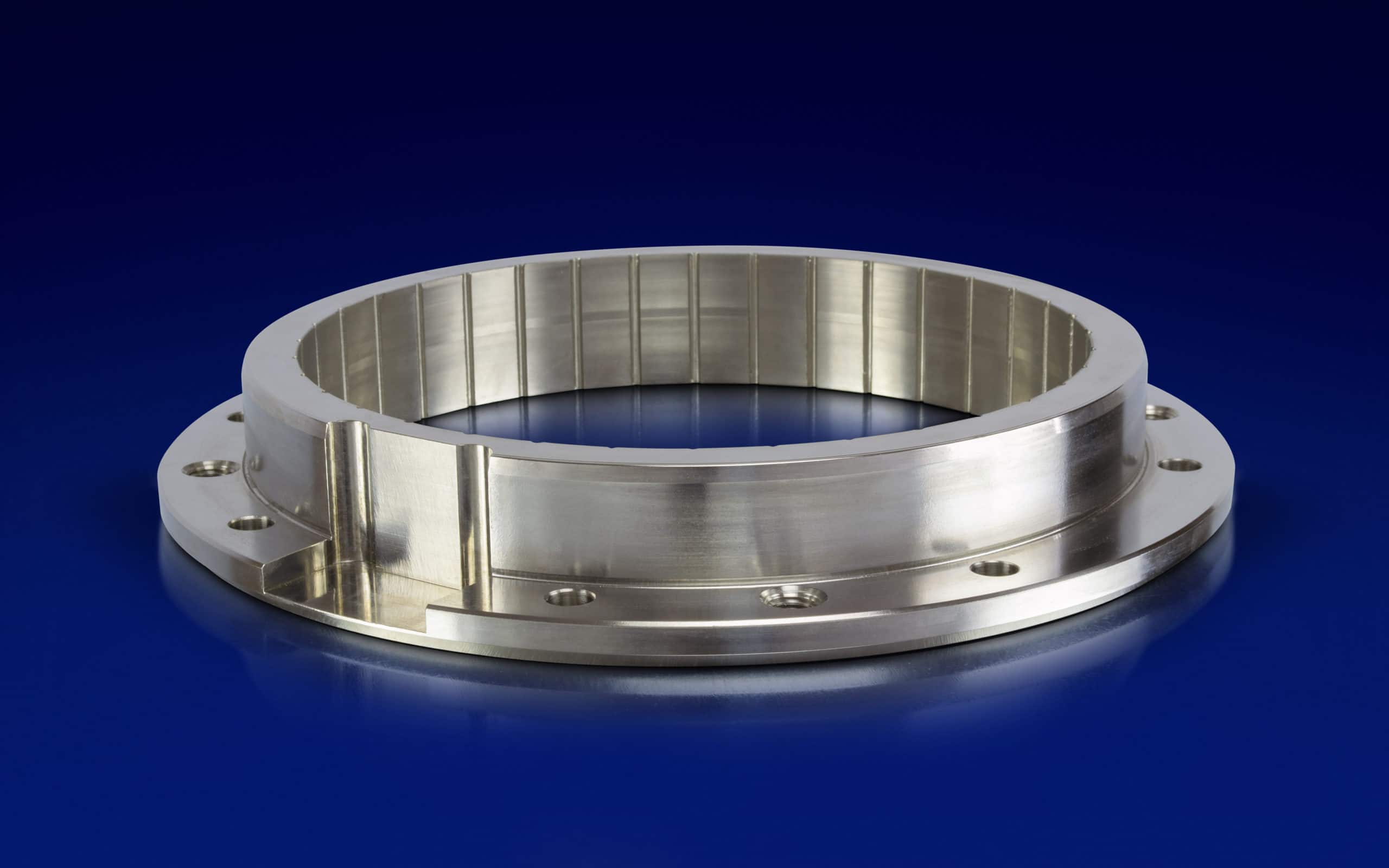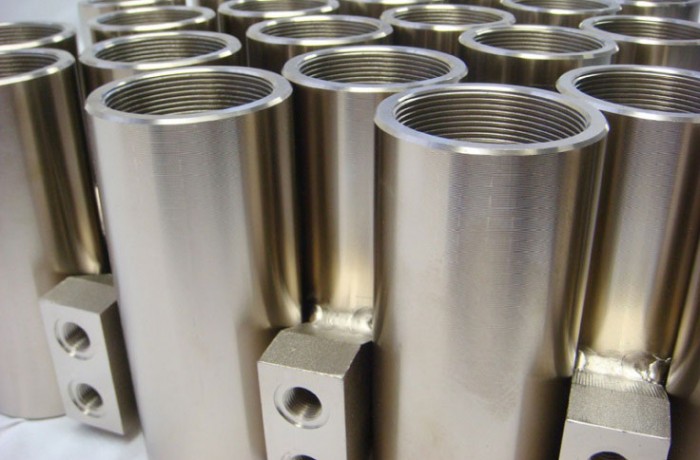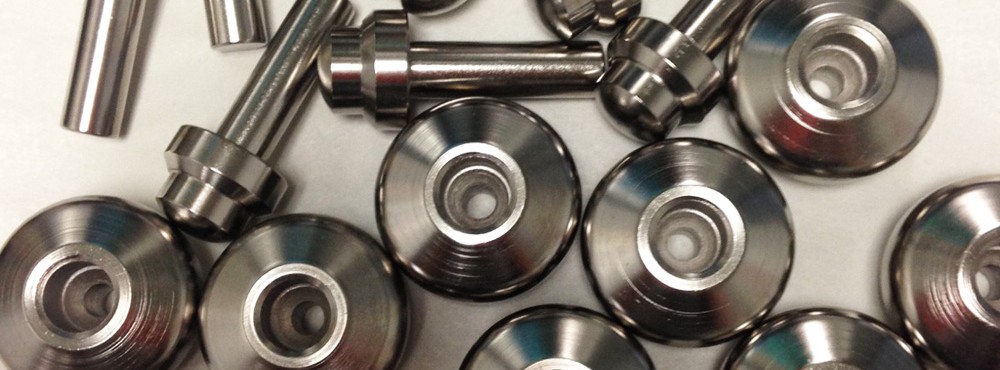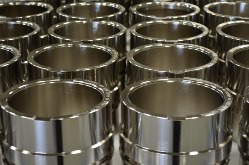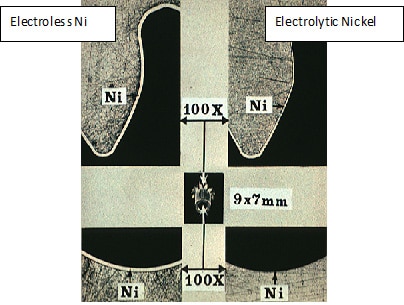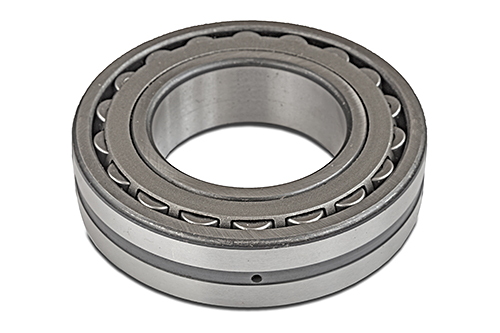Electroless nickel is generally applied to a thickness range of 25 to 150 microns 0 0001 to 0 0015 typically does not require further surface finishing machining or grinding after plating.
Electroless nickel plating aluminum thickness.
Electroless nickel plating an overview electroless nickel plating is offered by advanced plating technologies in both type iv medium phosphorous 6 9 p and type v high phosphorous 10 14.
The electroless nickel phosphorous content affects the properties of the deposit significantly including hardness corrosion resistance and magnetism.
It is a coating with multi functional properties.
Below is a brief overview of the electroless.
We apply high precision electroless nickel plating composite nickel coatings and boron nitride for industrial applications requiring corrosion protection high hardness wear resistance uniform thickness and increased dry lubricity on parts from ounces to 300 lbs.
En provides uniform thickness with a tight tolerance.
And electroless nickel that are associated with their purity and structure.
Hardness heat hardenability solderability electrical conductivity and abrasion wear and corrosion resistance.
Electroless nickel plating can increase hardness and improve wear and corrsion resistance.
Adv plates all substrates including aluminum brass steel and cast iron and offers high medium and low phosphorous finishes as well as ptfe and black en.
For instance the purity of electrodeposited nickel is typically greater than 99 but when sodium hypophosphite is used as a reducing agent in electroless nickel plating a typical composition for the deposit is 92 nickel and 8 phosphorus.
Yielding excellent wear and corrosion resistance electroless nickel is an autocatalytic plating process resulting in a reflective layer of nickel phosphorous.
The total build up plating process provides uniformity on all surfaces making post machining unnecessary when dimensions are accurate.
During the electoles nickel plating process the autocatalytic reaction between nickel and reducing agent in the plating bath deposits nickel onto.
Mil c 26074 astm b733 ams 2404 iso 4527.
It is the most common version of electroless nickel plating.
The phosphorus content has a.
The electroless nickel plating process utilizes an autocatalytic chemical reaction to deposit a reliable repeatable coating of uniform thickness.
Electroless nickel phosphorus plating is a chemical process that deposits an even layer of nickel phosphorus alloy on the surface of a solid substrate like metal or plastic the process involves dipping the substrate in a water solution containing nickel salt and a phosphorus containing reducing agent usually a hypophosphite salt.
Depending on your application requirements we routinely apply coatings as thin as 0 0002 per surface or as thick.
First developed in the 1940s electroless nickel en plating is used heavily by automotive and aviation for corrosion and wear resistance.

